Are you planning a new furniture project, tackling some DIY shelving, or perhaps revamping your kitchen cabinets? Understanding your material options is crucial, and when it comes to sheet goods, particle board and plywood are often at the forefront. But which one is right for you, and what thickness should you choose? This article breaks down everything you need to know about particle board, its various thickness options, and how it stacks up against plywood, ensuring you make the best choice for your project. We’ll explore the uses of particle board, compare particle board vs plywood, and guide you in selecting the perfect particle board sheet for your needs. Dive in to become a sheet goods pro!
1. What is Particle Board and How is it Made? – Understanding the Basics of Engineered Wood Products
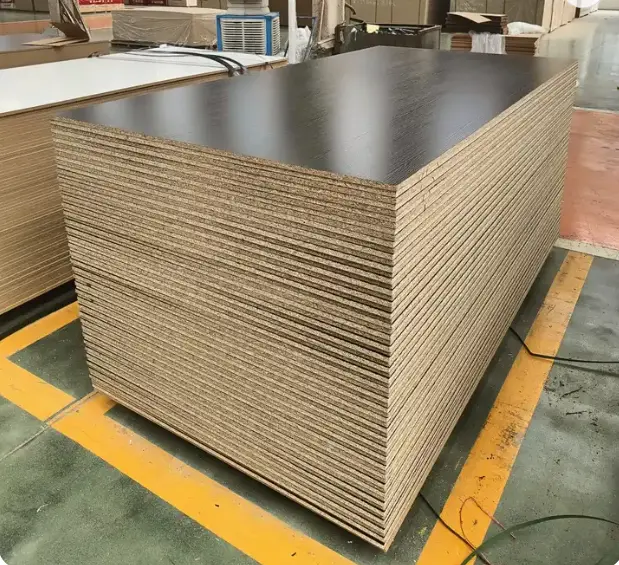
Particle board, also known as chipboard, is a cost-effective and versatile engineered wood product. Unlike plywood, which is made from thin layers of wood veneer glued together, particle board is made from wood chips, sawdust, or even wood particles that are bound together with resin. Think of it as compressed wood – these wood particles are mixed with an adhesive and then subjected to high pressure and heat to form dense panels. This process creates sheet goods that are uniform in thickness and density, making them ideal for a wide range of applications.
The beauty of particle board is made in its efficient use of resources. It repurposes wood waste, transforming what might otherwise be discarded into a valuable material. The type of wood used can vary, often utilizing central hardwoods or softwoods, depending on the desired properties of the final product. The synthetic resin used as a binder also plays a crucial role in determining the board’s characteristics, such as its strength and exposure to moisture resistance. Understanding this basic manufacturing process is the first step in appreciating the unique qualities and applications of particle board.
2. Particle Board vs. Plywood: Key Differences You Need to Know – Strength, Durability, and Cost-Effectiveness Compared
When comparing particle board vs plywood, several key differences emerge, impacting their suitability for various projects. Plywood is made by layering thin layers of wood veneer at right angles to each other, wood veneer glued together with adhesive. This cross-graining gives plywood exceptional strength and durability, especially in resisting bending and splitting. Particle board, on the other hand, while dense and rigid, is generally less strong than plywood, particularly in load-bearing applications. Plywood generally holds screws and nails better and is more resistant to moisture than standard particle board.
However, particle board is more affordable than plywood. This cost-effectiveness makes it a popular choice for projects where budget is a primary concern. Particle board also boasts a very smooth and uniform surface, which is excellent for laminate or veneer finishes. While plywood offers natural wood grain pattern and can be aesthetically pleasing, achieving a perfectly smooth surface for painting or laminate can require more preparation. The choice between particle board vs plywood often boils down to balancing strength and durability requirements with affordability and desired surface finish.
| Feature | Particle Board | Plywood |
| —————- | ———————————————– | ———————————————– |
| **Strength** | Lower to Medium | High |
| **Durability** | Lower (especially against moisture) | High (better moisture resistance in some types) |
| **Cost** | More **cost-effective** | More expensive |
| **Surface** | Very smooth, uniform | Natural wood grain, can be less smooth |
| **Moisture Resistance** | Low to Medium (unless specially treated) | Medium to High (depending on grade and treatment) |
| **Screw Holding**| Fair to Good (depending on density) | Excellent |
| **Workability** | Easy to cut and shape | Can be more prone to splintering during cutting |
3. What Thickness of Particle Board is Right for Your Project? – A Comprehensive Guide to Available Sizes
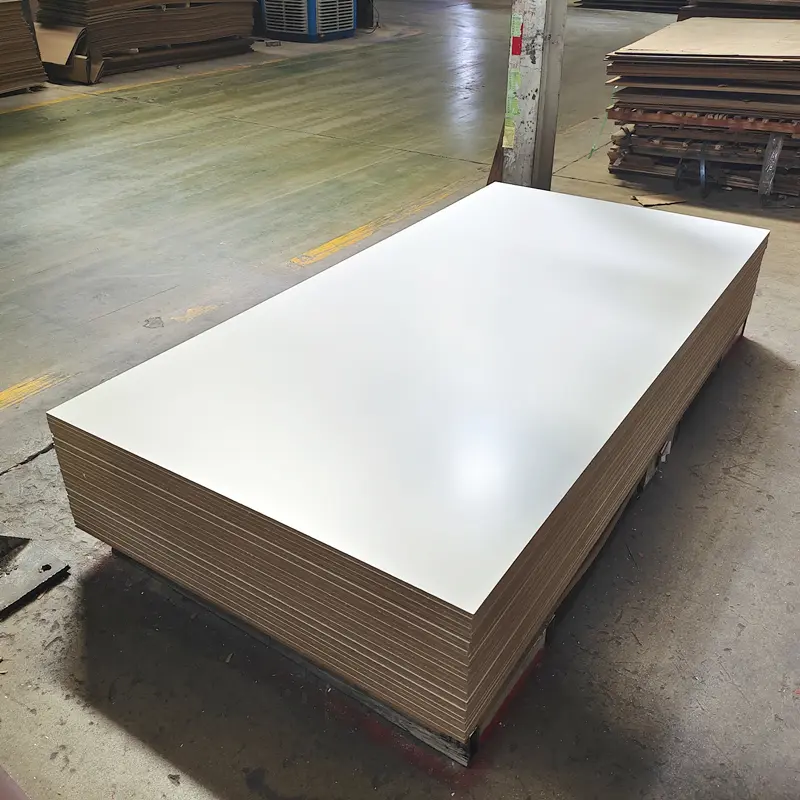
Particle board thickness may vary depending on the manufacturer and intended application, but commonly come in various standard thickness options. Choosing the right thickness is crucial for ensuring the structural integrity and aesthetic appeal of your project. For lighter applications, such as drawer bottoms or cabinet backs, thinner particle board with a thickness of 3mm or 6mm might suffice. For shelve construction or cabinetry, where greater strength and durability are needed, thickness options like 12mm, 15mm, 16mm, 18mm, or even 25mm are more appropriate.
For example, for a simple bookshelf, 18mm particle board would provide adequate support for most books. If you are building heavier-duty shelve units or components that need to bear significant weight, you might consider increasing the thickness to 25mm for added rigidity. Similarly, for furniture like desks or tables, 16mm or 18mm particle board is often used for the main surfaces. Remember to consider the span of the particle board – longer spans will require greater thickness to prevent sagging. Always assess the specific needs of your project and choose a particle board thickness that provides the necessary strength and durability while remaining cost-effective.
Demeter offers a wide range of particle board thickness options to meet diverse project requirements. We provide particle board in thicknesses ranging from thin panels suitable for decorative applications to thicker boards for structural uses. Our standard thickness options include:
- 3mm
- 6mm
- 9mm
- 12mm
- 15mm
- 16mm
- 17mm
- 18mm
- 25mm
And we can also customize thickness based on specific needs. Our particle board sheet sizes are also customizable, with standard net dimensions of 1220mm x 2440mm (4’x8′) and 1220mm x 2800mm, and even oversize options like 1220mm x 3660mm and 5’x12.
4. Is Particle Board Furniture Durable? – Exploring Longevity and Applications in Furniture Making
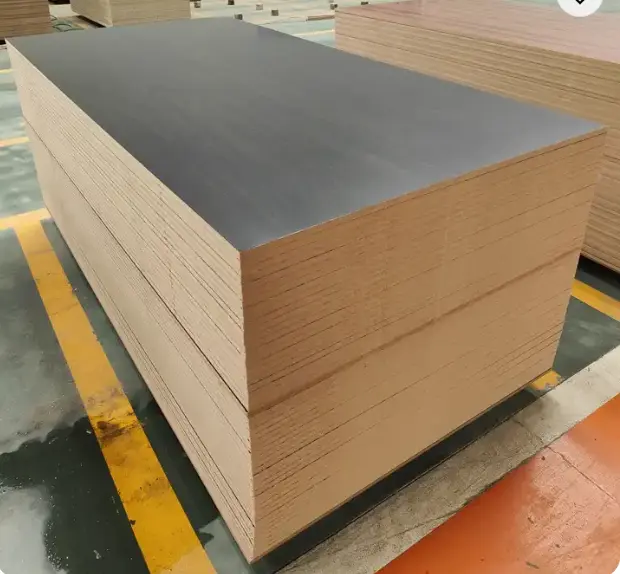
The durability of particle board furniture is a common question. While particle board isn’t as inherently durable as plywood or solid wood, it can be surprisingly long-lasting when used appropriately and properly maintained. The key to durable particle board furniture lies in its construction and protection. Particle board is best suited for indoor furniture that is not exposed to water or moisture or high humidity. When used in dry environments and protected with laminate or veneer, particle board furniture** can withstand everyday use for many years.
For example, many ready-to-assemble (RTA) furniture pieces, such as cabinets, desks, and shelve units, utilize particle board extensively. These items, when assembled correctly and kept dry, can provide years of reliable service. However, particle board furniture is more susceptible to damage from use or exposure to moisture. Water can cause particle board to swell and lose its structural integrity. Therefore, it’s crucial to avoid placing particle board furniture in damp areas like bathrooms or directly outdoors without proper sealing and protection.
To enhance the durability of particle board furniture, manufacturers often apply veneer finishes or laminate coatings. These surfaces not only improve the aesthetic appeal but also provide a protective layer against scratches, stains, and minor exposure to moisture. Edge banding, like our high-quality edge banding products, further protects the edges of the particle board, preventing moisture penetration and enhancing the overall lifespan of the furniture.
5. Can Particle Board Be Used for Shelves? – Load-Bearing Capacity and Considerations for Shelving
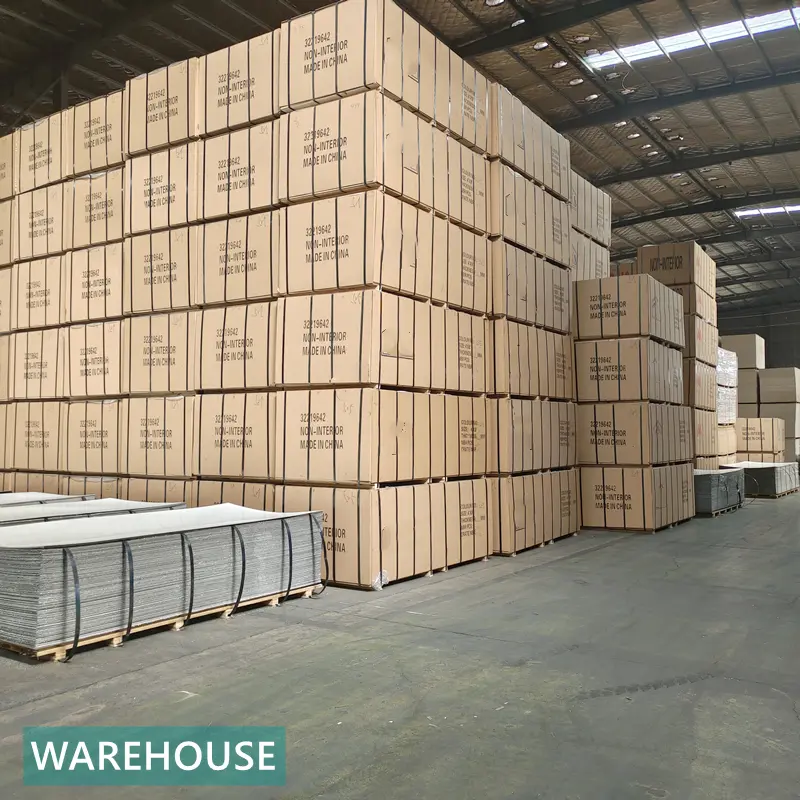
Yes, particle board can absolutely be used for shelves, but understanding its load-bearing capacity is crucial. While not as strong as plywood for heavy loads, particle board shelve can be perfectly adequate for many common shelving applications, especially when designed and supported correctly. The thickness of the particle board plays a significant role in its load-bearing ability. Thicker boards, such as 18mm or 25mm, will naturally support more weight than thinner ones.
When using particle board for shelve, consider the span between supports. Longer unsupported spans will sag more under weight. To maximize the load-bearing capacity of particle board shelve, it’s essential to provide adequate support. This can be achieved by:
- Using thicker particle board: As mentioned, thicker boards are stronger.
- Reducing shelf span: Shorter shelves will sag less.
- Adding center supports: Vertical supports in the middle of long shelves significantly increase their weight capacity.
- Using shelf brackets: Brackets provide additional support and distribute weight more evenly.
For typical household items like books, decorative objects, and clothing, properly supported particle board shelve are often sufficient and offer a budget-friendly solution. However, for heavy items or applications requiring high strength, plywood would be a more reliable choice. For lighter-duty shelve in closets, pantries, or display units, particle board provides a cost-effective option that balances functionality and affordability.
6. Particle Board vs. MDF vs. OSB: Understanding the Options – Navigating Different Types of Engineered Wood
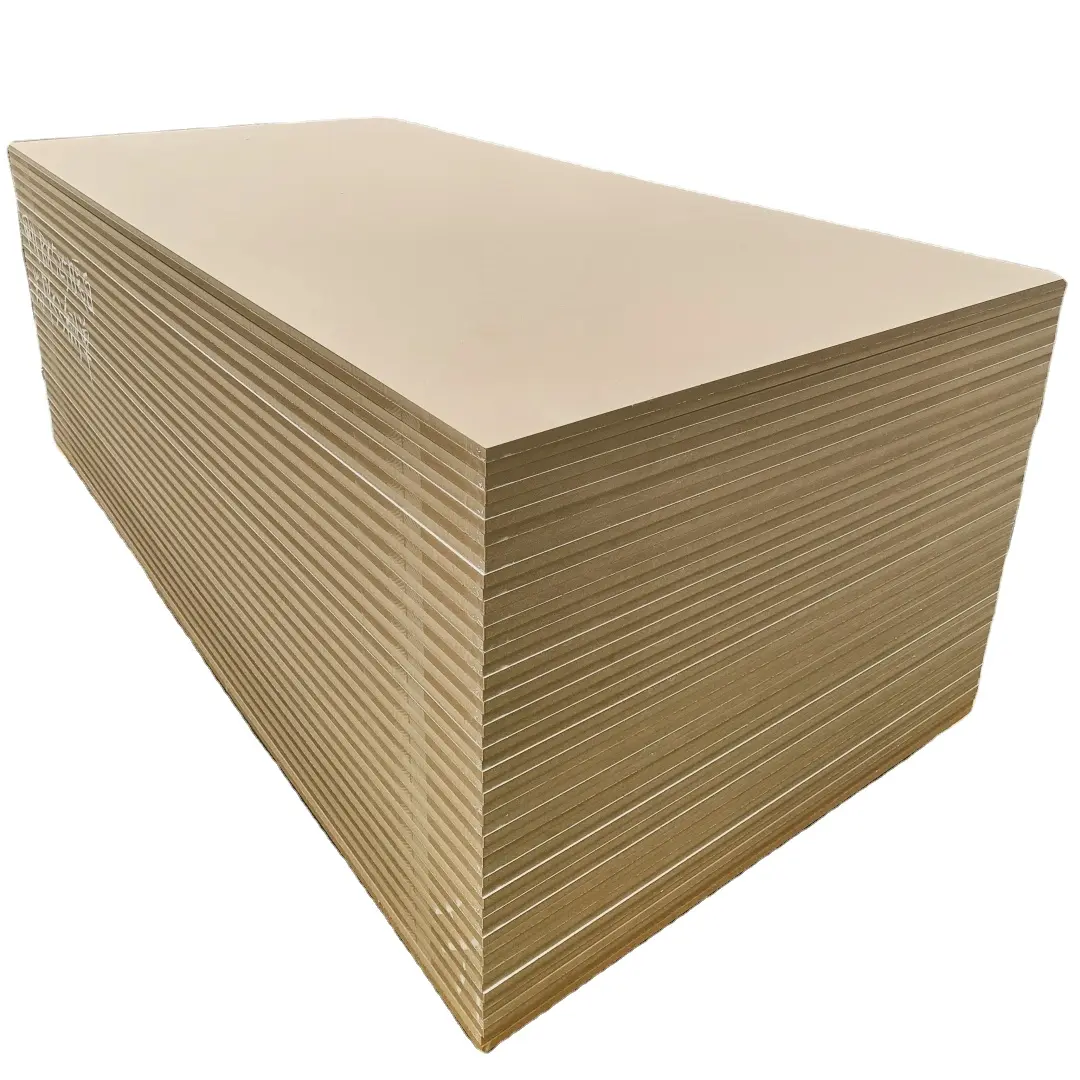
Besides particle board and plywood, other common engineered wood product options include MDF (medium-density fiberboard) and OSB (oriented strand board). Understanding the differences between particle board and MDF and OSB will further help you choose the right material for your project.
-
MDF (Medium-Density Fiberboard): MDF is made from finer wood particles than particle board, resulting in a denser, smoother, and more stable board. Particle board and MDF share similarities, but MDF has a more consistent density throughout, making it excellent for machining and intricate designs. However, MDF is generally heavier and can be more expensive than particle board. Like particle board, MDF is also sensitive to moisture.
-
OSB (Oriented Strand Board): OSB is made from large, flattened wood chips (strands) that are oriented in layers and bonded with resin. OSB is known for its high strength and durability, making it suitable for load-bearing applications like wall sheathing and floor decking in construction. OSB has a rougher surface texture compared to particle board and MDF, and it is generally less suitable for fine woodworking or furniture where a smooth finish is desired.
Here’s a quick comparison table:
| Feature | Particle Board | MDF (Medium-Density Fiberboard) | OSB (Oriented Strand Board) |
| —————- | ———————————————– | ————————————————— | —————————————————– |
| **Wood Particles**| Coarse chips, sawdust | Fine wood fibers | Large, oriented wood strands |
| **Density** | Low to Medium | Medium to High | Medium |
| **Surface** | Smooth, uniform | Very smooth, uniform | Rough, textured |
| **Strength** | Lower to Medium | Medium | High |
| **Moisture Resistance** | Low to Medium (unless treated) | Low to Medium (unless treated) | Medium (better than particle board and MDF) |
| **Cost** | Most **cost-effective** | More expensive than particle board, less than OSB | Less expensive than plywood, more than particle board |
| **Typical Uses** | Furniture, cabinets, shelving (non-load-bearing) | Cabinets, furniture, trim, moldings, paint-grade work | Wall sheathing, roof decking, subfloors (load-bearing) |
7. Where is Particle Board Best Suited For? – Ideal Applications for Particle Board in Construction and Design
Particle board is best suited for a wide range of applications, particularly in interior, non-structural uses where cost-effectiveness and a smooth surface are prioritized. Due to its smooth surface and affordability, particle board is widely used for a wide range of furniture components, including:
- Cabinetry: Cabinet sides, backs, and shelve in kitchens, bathrooms, and closets. Especially for cabinetry with laminate or veneer finishes.
- Furniture: Ready-to-assemble furniture like desks, tables, dressers, and entertainment centers.
- Shelving: For closets, pantries, and display units, especially when supported adequately.
- Substrate: As a substrate for veneer or laminate flooring, providing a smooth and level base.
- Interior Design Elements: For decorative panels, partitions, and non-load-bearing interior walls.
- Shop Fittings: For creating displays and fixtures in retail environments.
Particle board is typically not recommended for exterior applications or areas with high humidity or direct water exposure to moisture unless it is specifically treated and sealed for moisture resistance. Its susceptibility to moisture damage limits its use in areas like bathrooms directly exposed to water or outdoor furniture without significant protective measures. However, for interior dry applications, particle board offers an excellent balance of performance and affordability.
8. What are the Advantages of Using Particle Board? – Cost, Versatility, and Environmental Benefits
Using particle board offers several key advantages, making it a popular material choice in various industries:
-
Cost-Effectiveness: Particle board is more affordable than plywood and solid wood, making it a very cost-effective option, especially for large-scale projects or budget-conscious consumers. This affordability allows manufacturers to produce furniture and components at competitive prices.
-
Smooth and Uniform Surface: Particle board provides a consistently smooth and uniform surface, ideal for applying veneer finishes, laminate, paint, or decorative overlays. This smooth substrate results in high-quality finished products with excellent aesthetic appeal.
-
Versatility: Particle board can be easily cut, shaped, drilled, and machined, making it versatile for various manufacturing processes and design requirements. It can be produced in different thickness and densities to meet specific needs.
-
Resource Efficiency and Sustainability: Particle board is made from wood chips, sawdust, and recycled wood fibers, utilizing wood waste and promoting resource efficiency. This helps reduce reliance on solid timber and contributes to more sustainable wood products.
-
Consistent Quality: Manufactured in controlled environments, particle board offers consistent quality and dimensional stability, reducing defects and waste in production processes.
By choosing particle board, manufacturers and DIYers can benefit from its cost-effectiveness, ease of use, and contribution to sustainable practices, while achieving good results for numerous interior applications.
9. Addressing Common Concerns About Particle Board – Moisture Resistance, Formaldehyde Emissions, and Quality
While particle board offers numerous benefits, addressing common concerns is important for informed decision-making:
-
Moisture Sensitivity: Standard particle board is indeed susceptible to exposure to moisture. However, moisture-resistant particle board options are available, incorporating special resin or treatments to improve resistant to moisture. For areas prone to dampness, always consider moisture-resistant grades or ensure proper sealing and protection. Avoiding prolonged use or exposure to moisture is key to extending the lifespan of particle board products.
-
Formaldehyde Emissions: Historically, formaldehyde emissions from particle board were a concern. However, modern manufacturing standards and regulations, such as CARB P2 and E1/E0, have significantly reduced formaldehyde levels in particle board. Demeter’s particle board products comply with these stringent standards, ensuring low formaldehyde emissions and a healthier indoor environment. We are committed to providing safe and environmentally responsible materials.
-
Quality Variations: Like any manufactured product, the quality of particle board may vary between manufacturers. Choosing reputable suppliers and checking for certifications and quality standards are essential. Demeter prides itself on producing high-quality particle board with consistent density, smooth surfaces, and adherence to industry standards. Our rigorous quality control processes ensure that our customers receive reliable and consistent products.
By understanding these concerns and choosing quality particle board from trusted suppliers like Demeter, you can mitigate potential issues and confidently utilize this versatile material.
10. Sourcing High-Quality Particle Board: What to Look For? – Tips for Choosing the Best Supplier and Materials
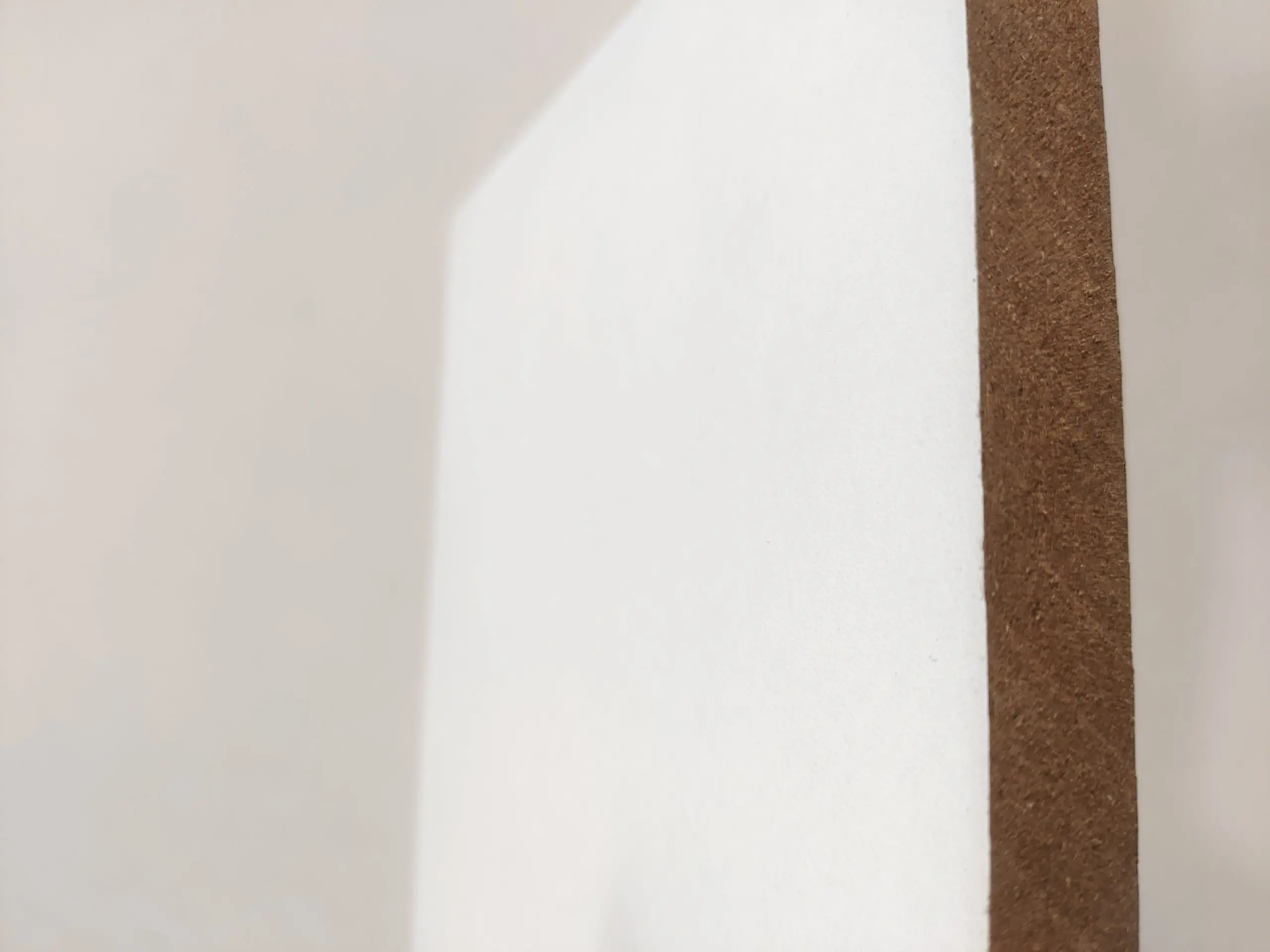
Sourcing high-quality particle board is crucial for ensuring the success and longevity of your projects. When selecting a supplier and particle board materials, consider the following:
-
Certifications and Standards: Look for particle board that meets relevant industry standards, such as CARB P2, E1/E0 formaldehyde emission standards, and FSC certification for responsible sourcing. These certifications indicate adherence to quality and environmental benchmarks.
-
Quality Control Processes: Inquire about the supplier’s quality control measures. A reputable manufacturer will have stringent quality checks throughout the production process to ensure consistent thickness, density, surface finish, and low formaldehyde emissions.
-
Range of Products and Customization: Choose a supplier that offers a diverse range of particle board thickness, sizes, and finishes to meet your specific needs. Customization options, such as oversize panels or specific surface treatments, can also be beneficial. Demeter offers a wide array of melamine faced board, melamine papers, and printed paper options to complement our RAW MDF and particle board.
-
Supplier Reputation and Experience: Opt for established suppliers with a proven track record of providing high-quality wood products and excellent customer service. Experience in exporting to your target markets (like USA, Europe, Australia) is also advantageous. Demeter has extensive experience in B2B supply and exports to major markets worldwide.
-
Samples and Testing: Request samples of the particle board to assess its surface finish, density, and overall quality firsthand. Conduct testing if necessary to verify compliance with your requirements.
-
Communication and Logistics: Ensure clear and efficient communication with the supplier’s sales representatives. Reliable logistics and timely shipment are crucial for meeting your production schedules. Demeter understands the importance of efficient communication and logistics for our B2B customers.
By carefully considering these factors, you can source high-quality particle board that meets your project requirements and ensures successful outcomes. Demeter is committed to providing our customers with top-tier particle board and decorative materials, backed by our expertise and dedication to quality. Consider exploring our range of melamine MDF board panel options for enhanced surface finishes and durability. For decorative needs, our melamine paper for plywood and decorative laminated melamine paper offer excellent choices. And for edge finishing, our edge banding solutions provide the perfect final touch.
Key Takeaways:
- Particle board is a cost-effective engineered wood product made from wood chips and resin, offering a smooth surface ideal for laminate or veneer.
- Compared to plywood, particle board is more affordable but generally less strong and more sensitive to exposure to moisture.
- Choosing the right particle board thickness is essential for structural integrity, with common thickness ranging from 3mm to 25mm.
- Particle board furniture can be durable for indoor use when protected from moisture and properly constructed.
- Particle board shelve are suitable for many applications, especially with proper support and for lighter loads.
- MDF and OSB are other types of engineered wood, each with distinct properties and applications compared to particle board.
- Particle board is best suited for interior, non-structural applications like furniture, cabinets, and interior design elements.
- Advantages of particle board include cost-effectiveness, smooth surface, versatility, and resource efficiency.
- Addressing concerns about moisture sensitivity and formaldehyde emissions is important; choose moisture-resistant grades and low-emission options.
- Sourcing high-quality particle board involves considering certifications, quality control, supplier reputation, and communication.
By understanding these key aspects of particle board, you can confidently select and utilize this versatile material for your next woodworking or furniture project. Remember to consider your project’s specific needs, budget, and environmental conditions to make the most informed decision.
Post time: 02-13-2025











